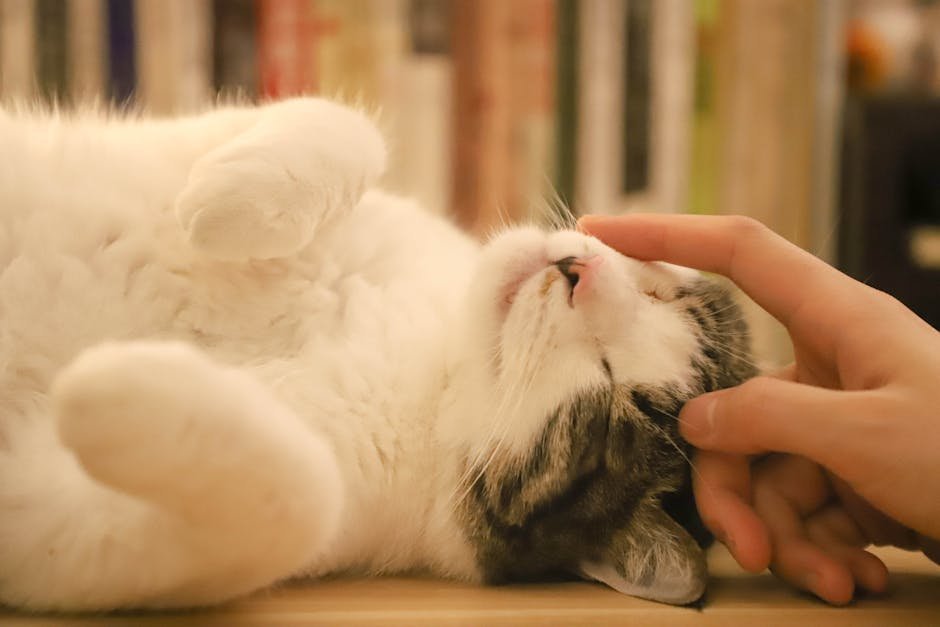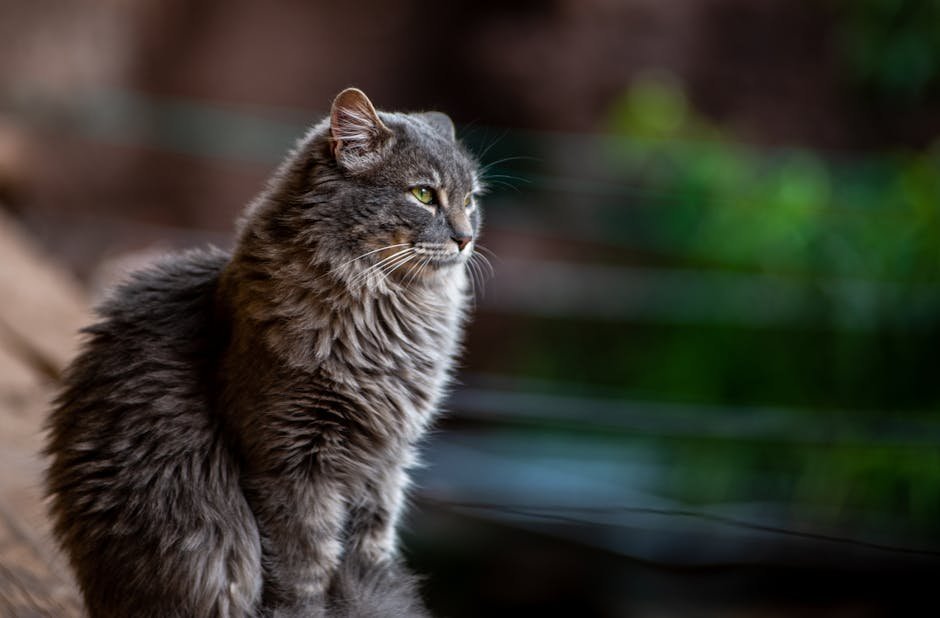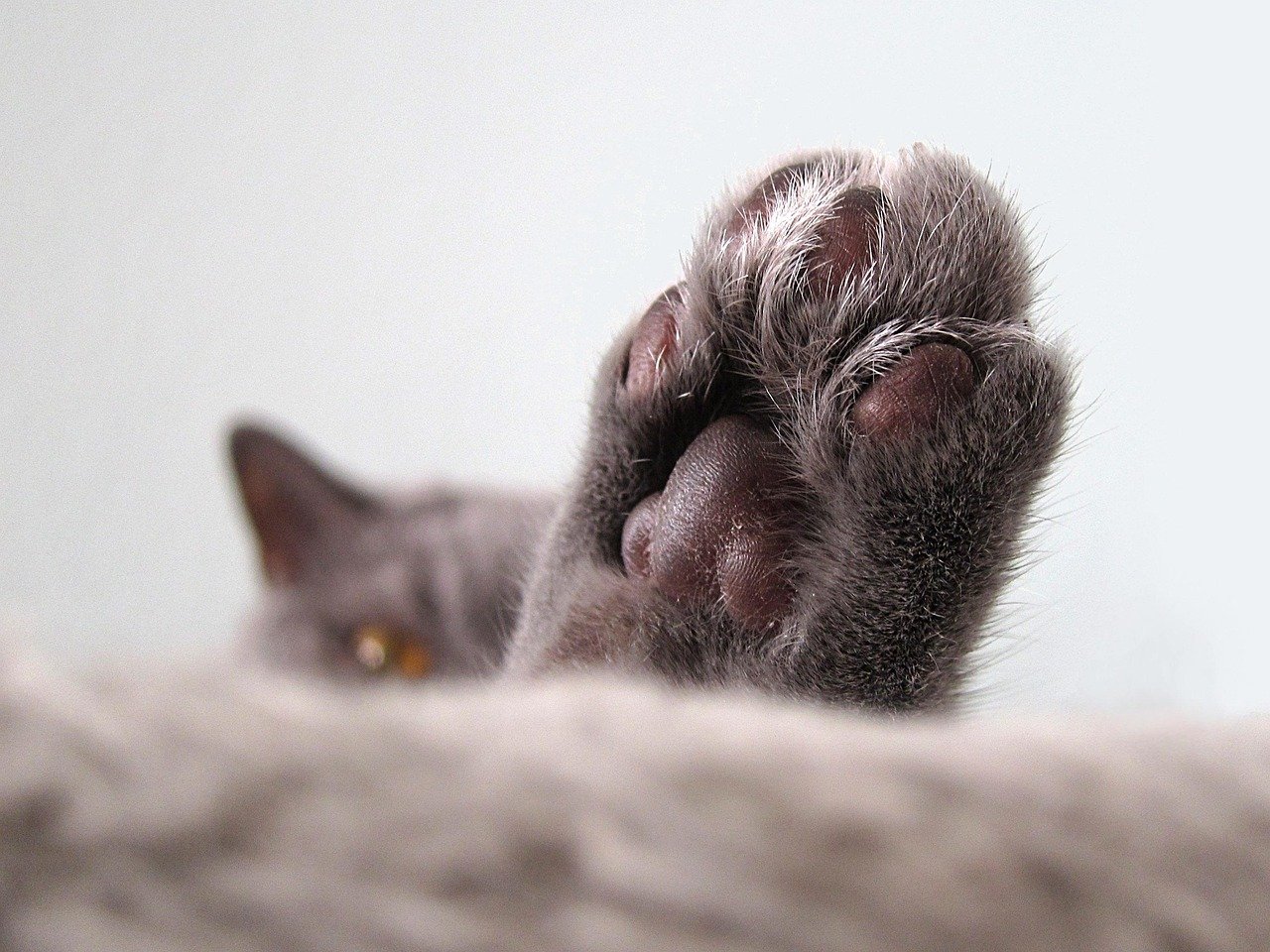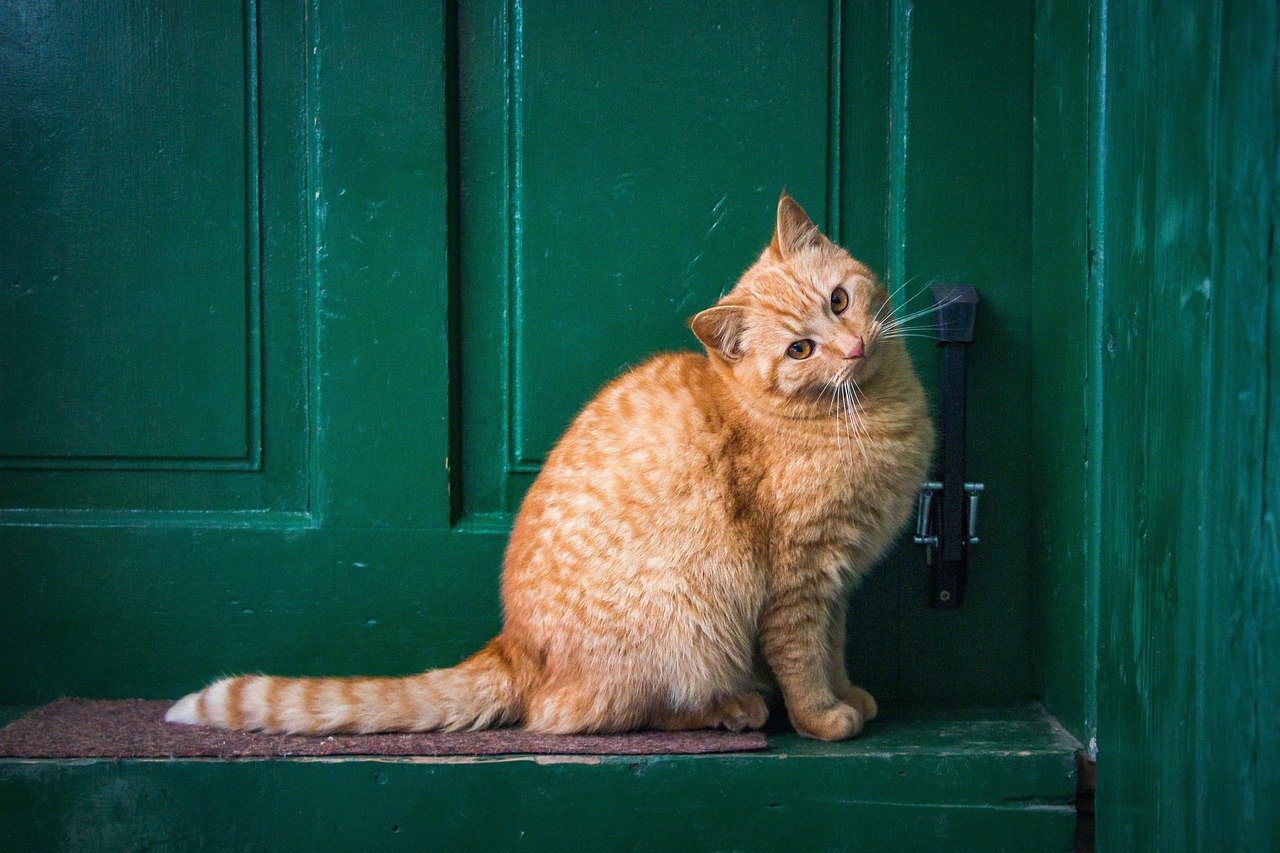Cats have long captivated the hearts and minds of people around the world with their mysterious behaviors and enchanting presence. While many of us believe we know all there is to know about our feline companions, the scientific community continues to uncover new and fascinating insights into their world. From their unique communication methods to their extraordinary senses, cats are full of surprises. Whether you’re a devoted cat lover or simply curious about these enigmatic creatures, these discoveries will surely intrigue and delight you.
Feline Communication: More Than Just Meows

Cats are known for their myriad of vocalizations, but did you know that they develop specific ways of communicating with humans? Research has revealed that cats are quite the conversationalists, using a variety of sounds such as purrs, trills, and chirps to convey their needs and emotions. Interestingly, cats tend to reserve their meows primarily for human interaction. In the wild, adult cats rarely meow at one another, relying instead on body language and scent marking. This suggests that domestic cats have adapted their communication to better interact with humans, crafting a unique language over thousands of years of cohabitation. The next time your cat meows at you, consider it a personal message tailored just for you.
The Mysterious Purr: A Healing Mechanism

The soothing sound of a cat’s purr is not only a sign of contentment; it also has a remarkable scientific basis. Studies have shown that the frequency of a cat’s purr, typically between 25 to 150 Hertz, can promote healing and tissue regeneration. This frequency range is known to have therapeutic effects on bones and muscles, which may explain why cats tend to purr when they are injured or stressed. Moreover, the act of purring can help lower a cat’s stress levels and enhance its immune system. It seems that cats have evolved this unique adaptation not only for communication but also for self-healing. So, the next time your cat is purring away, it might just be giving itself a little health boost.
Whisker Sensitivity: The Ultimate Sensory Tool
Cats’ whiskers are not just for decoration; they are highly sensitive sensory tools that play a crucial role in their daily lives. Each whisker is deeply embedded in a cat’s skin and surrounded by nerve endings that can detect even the slightest changes in the environment. This heightened sensitivity allows cats to navigate their surroundings with ease, even in complete darkness. Whiskers can sense shifts in air currents, helping cats detect obstacles and prey. Furthermore, they provide vital information about the size and shape of spaces, enabling cats to judge whether they can fit through tight spots. This remarkable adaptation ensures that cats remain agile and adept hunters, even in the most challenging conditions.
Superior Night Vision: Masters of the Dark

Have you ever wondered why cats can see so well at night? Their exceptional night vision is attributed to a special layer of cells in their eyes called the tapetum lucidum. This reflective layer enhances the amount of light that enters a cat’s eyes, allowing them to see in low-light conditions. Cats’ eyes are also capable of dilating significantly more than human eyes, further increasing their ability to capture light. This adaptation is crucial for their hunting activities during dawn and dusk, when their prey is most active. With such superior night vision, cats have rightfully earned their reputation as skilled nocturnal hunters.
Catnip: The Feline Intoxicant

Catnip is famous for its ability to send cats into a state of euphoria, but what exactly causes this reaction? The answer lies in a compound called nepetalactone, which is found in the leaves and stems of the catnip plant. When cats inhale nepetalactone, it binds to receptors in their nasal tissue, triggering a playful and often hilarious response. Interestingly, not all cats are affected by catnip; sensitivity to it is inherited and believed to be present in about 50 to 75 percent of cats. For those that do respond, the effects are typically short-lived, lasting about 10 to 15 minutes. Despite its temporary nature, catnip provides a delightful and enriching experience for our feline friends.
Cats and Their Unique Paw Preferences

Just like humans, cats can be left or right-pawed. Studies have indicated that cats often show a preference for using one paw over the other when performing tasks, such as reaching for a toy or stepping into a new space. Interestingly, this paw preference can vary based on the cat’s gender. Male cats tend to favor their left paw, while female cats often prefer their right. This phenomenon is akin to handedness in humans and adds another layer of individuality to each cat’s personality. Observing your cat’s paw preference can provide insight into its unique traits and behaviors.
The Enigmatic Cat’s Tail: A Communication Tool

A cat’s tail is more than just a balance aid; it is a vital tool for communication. The position and movement of a cat’s tail can convey a wide range of emotions and intentions. For instance, a raised tail often signals a friendly greeting, while a puffed-up tail indicates fear or aggression. A twitching tail can suggest irritation or excitement, while a gently swaying tail may express contentment. Understanding the subtle nuances of a cat’s tail language can deepen the bond between you and your feline companion, allowing you to better interpret its moods and needs.
In conclusion, cats are truly fascinating creatures with a wealth of intriguing behaviors and adaptations that continue to captivate scientists and cat enthusiasts alike. From their unique communication methods to their extraordinary sensory abilities, these discoveries shine a light on the complexity and wonder of our feline friends. As we learn more about these mysterious animals, our appreciation for their companionship and charm only deepens.

Linnea is a born and bred Swede but spends as much time as possible in Cape Town, South Africa. This is mainly due to Cape Town’s extraordinary scenery, wildlife, and atmosphere (in other words, because Cape Town is heaven on earth.) That being said, Sweden’s majestic forests forever hold a special place in her heart. Linnea spends as much time as she can close to the ocean collecting sea shells or in the park admiring puppies.






